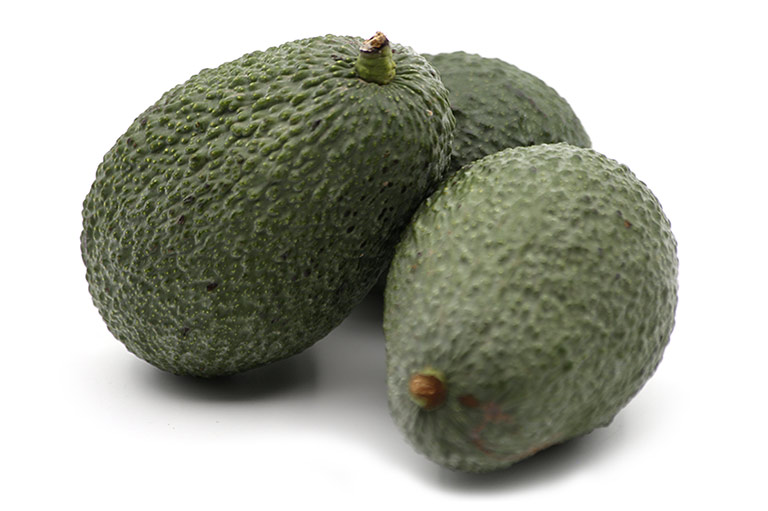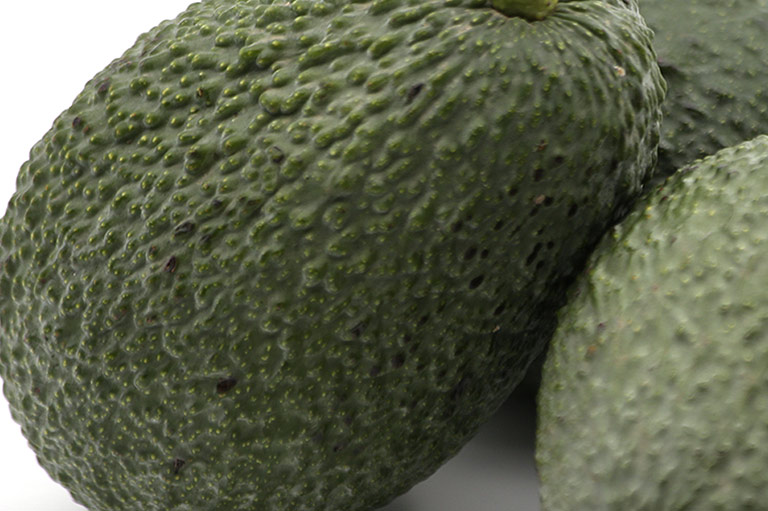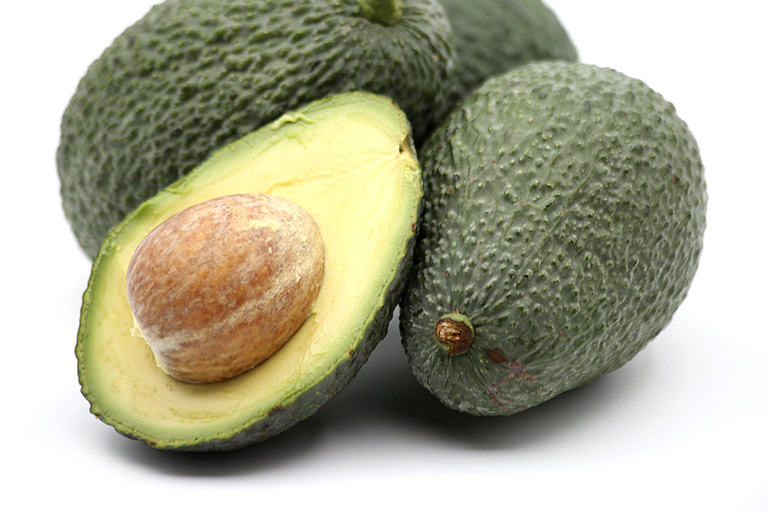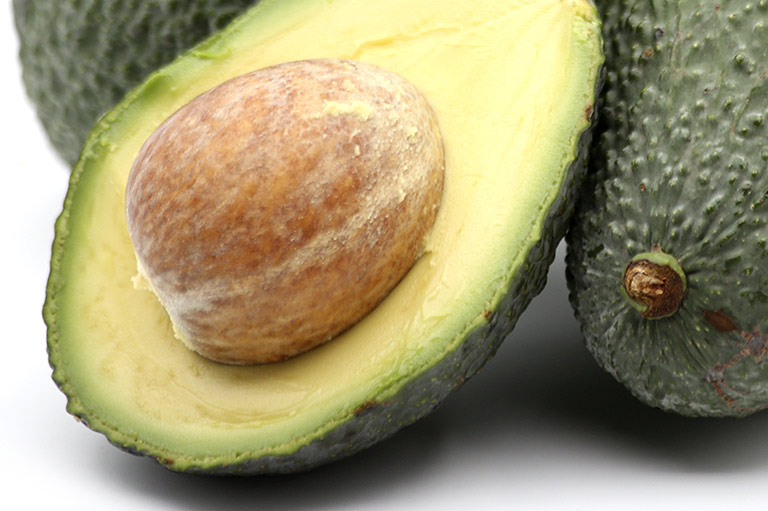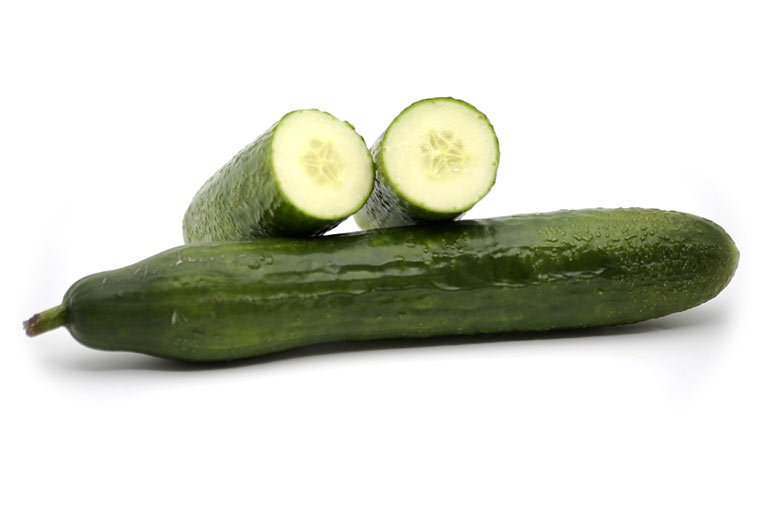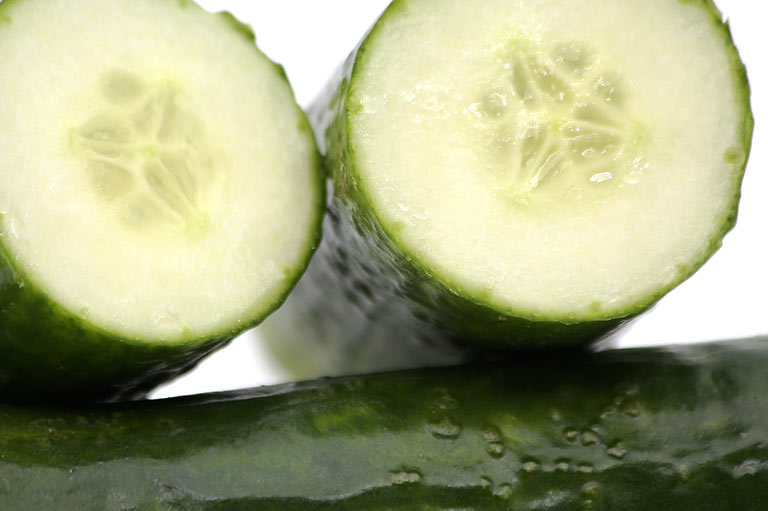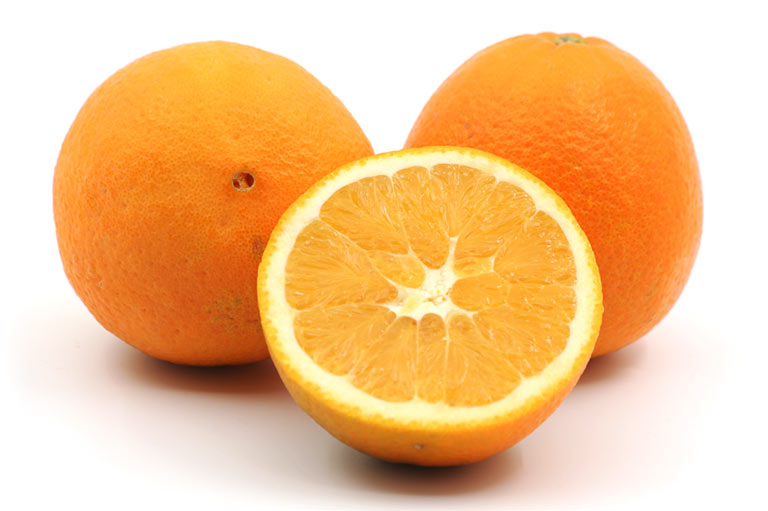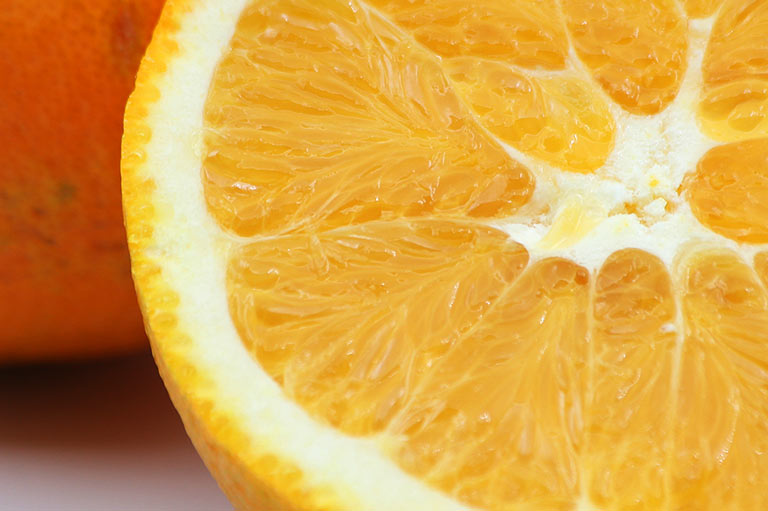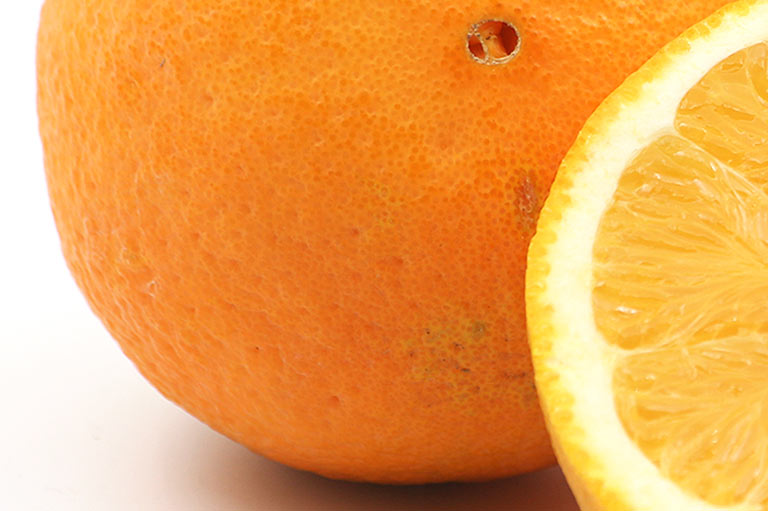December
NO CONTENT YET
NO CONTENT YET
Haas Avocado
Available December – March
The Hass avocado is a variety native to California, first grown by amateur horticulturist Rudolph Hass in 1926, from a seed that has been established as a cross between Mexican and Guatemalan varieties. Patented in 1935 and introduced globally to the market in 1960, it has become the most popular avocado variety worldwide, with almost 80% of all commercial production now being Haas.
Both the Haas fruit and its seed are relatively small for an avocado, with a combined weight of between 200 and 300 grams. The skin is somewhat leathery and rough, with a green to slightly blackish colour while it is on the tree, but once harvested it turns from violet to black as the fruit softens and matures. This change in colour helps us know when it is perfectly ripe and ready to eat.
Hass avocados have a higher fat content than most other varieties, giving them a rich taste and a smooth, creamy texture. They are high in dietary fibre and contain good amounts of vitamin B6, vitamin C, vitamin E, potassium and folate.
Dutch Cucumber
Available all year
The ‘Dutch cucumber’ is not a variety in itself, but a term used to describe a style of slicing cucumber that is commonly produced in Dutch agriculture – long, straight and with a thin skin. Cucumbers are part of the Cucurbitaceae family, best grown in hot climates with well-drained soil and a regular supply of water. They were first cultivated in India more than 3,000 years ago and introduced to Europe by either the Greeks or Romans. From there they spread across the rest of the continent, and were brought to the Americas by Christopher Columbus.
Cucumbers are one of those vegetables we associate with summer… salads and gazpacho! They will store well in the refrigerator for around a couple of weeks, but are best eaten fresh (and if possible with the skin on). They should never be stored in plastic, as this will speed up the ripening process.
Due to their high water content, cucumbers can be tricky to handle correctly if you are using them as an ingredient; they won’t freeze, either whole or in pieces, and the amount of liquid they contain can make for a watery consistency in a salad. In this case (and if you will be salting your salad anyway), consider soaking them in salted water for a while beforehand, to pull out some of that liquid. Remember to rinse them well afterwards, to wash away any residual salt!
Navelina Orange
Available November – February
Navelina is one of the earliest orange varieties available in the year, and largely due to that also one of the most popular. Harvesting begins in October, but the fruit doesn’t go on sale until November, to ensure it achieves an optimal level of ripeness. Then starting from November we can enjoy it all the way through to Christmas, the New Year, and the first months of the following year.
Discovered in California at the beginning of the 20th century, the Navelina was a natural mutation of the Washington Navel Orange. Samples were exported in 1933 to Spain’s Valencian Institute of Agrarian Research, who gave it the name Navelina. The new variety adapted well to the Mediterranean climate and in the 1970s began to be grown more widely, throughout Andalusia, Murcia and in the Valencia region.
Navelina Oranges are notable for being seedless. They have a soft, sweet flavour, contain a large amount of juice, and have a very thin membrane around their segments, making them easy to peel and eat – another reason they are one of our winter best-sellers! All of this makes them very versatile; perfect as a table fruit and also great for juicing.
